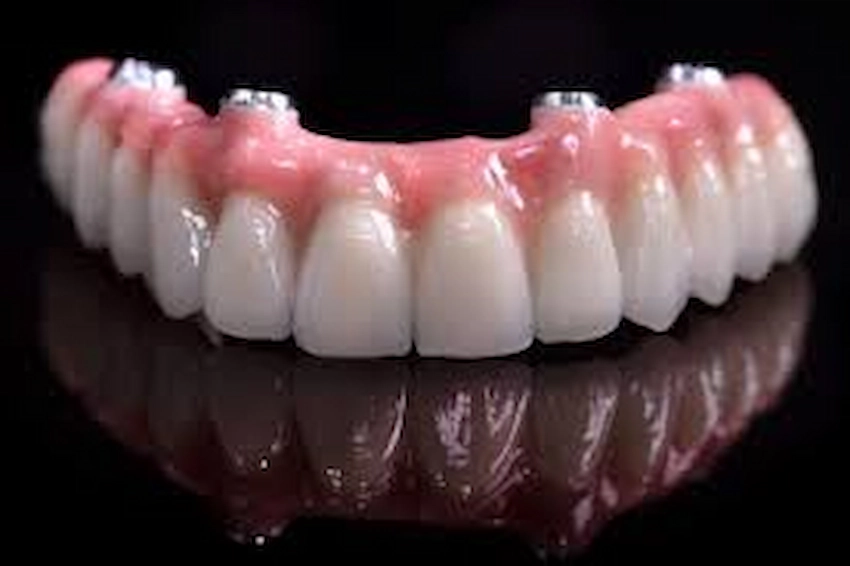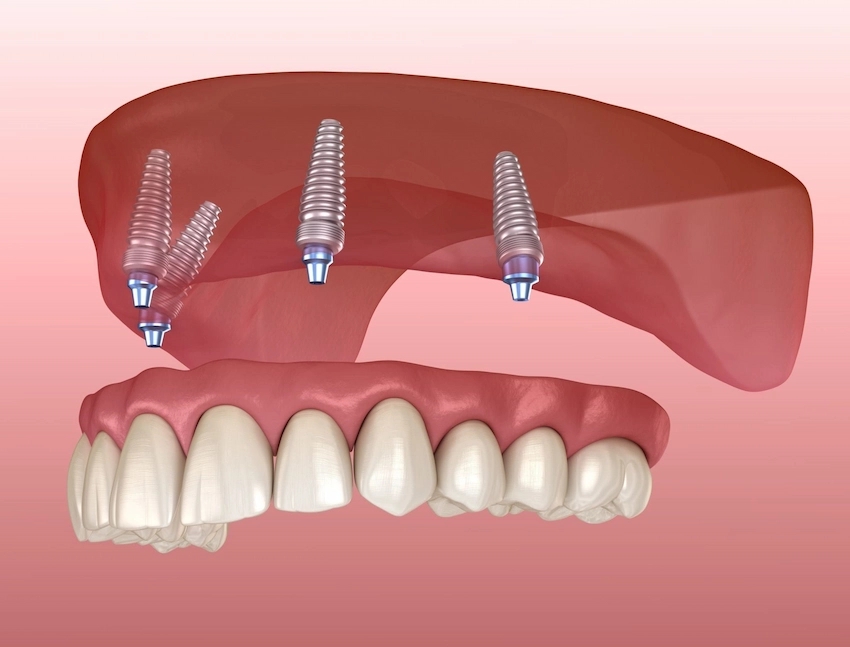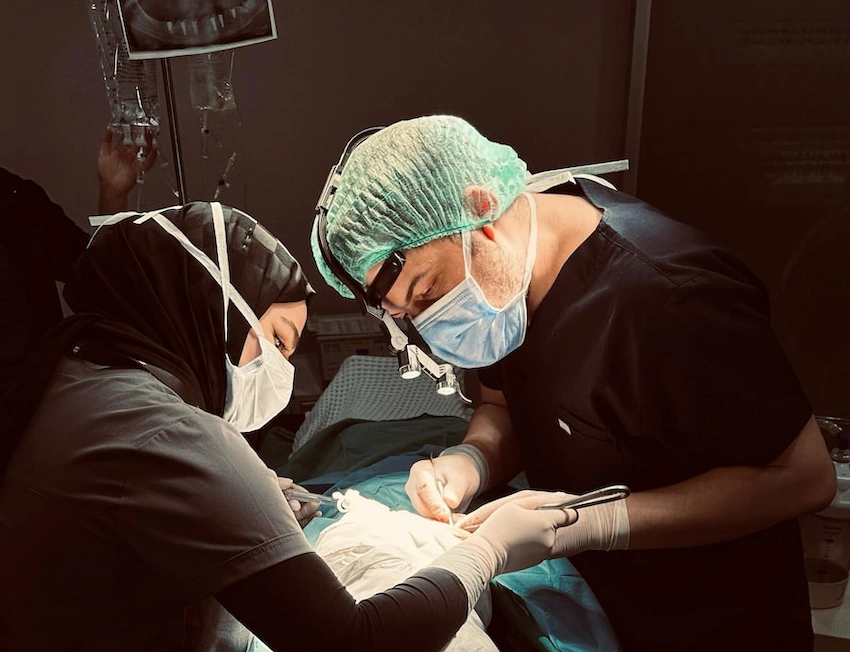🦷Sinus Lift Surgery For Upper Jaw Implants
Sinus lift surgery is a dental procedure that involves elevating the sinus membrane and placing bone graft material to increase bone volume for dental implants.

A sinus lift procedure, also called sinus augmentation, is a dental surgery that raises the amount of bone in the upper jaw, specifically in the area of the premolars and molars. The only way one may go through a sinus lift is to achieve the goal of more bone that will hold the dental implants in the best possible way. Sinus lift surgery is a common procedure done when the upper jaw’s height of bone is not sufficient and the sinuses limit the placement of the dental implants
What Is Sinus Lift Surgery?
Sinus lift surgery is the most common among patients who need to replace the upper teeth in their mouth. This type of surgery is performed when teeth in the upper row, especially molar teeth, are missing, causing more space that shall be replaced with an implant. The reasons for bone loss may be periodontal disease, the natural aging process, or the reabsorption of the bone into the body because teeth have vanished for a long time. When teeth have been lost, the bone that used to support them starts to waste away, thus it usually ends up with the bone not being enough to sustain dental implants.
During the sinus lift technique, the oral surgeon or a dentist makes an incision in the gum of the upper jaw near the premolar and molar areas. The tissue from the bone is pried out, a window of oval shape is opened in the bone, besides the membrane that encases the sinus on the other side of this window is gently set upwards. Afterward, the bone graft material is injected into the opened space. The bone responsible for the sinus lifting may be obtained from the patient’s own body (autograft), from a deceased person (allograft), from the cow bone (xenograft), or it may be a synthetic material. When the bone is in place, the tissue is stitched together, and the healing process is a matter of several months, when the new bone joins the natural bone of the patient.

After the healing is complete, the bone merges with the patient’s jaw, allowing implants to be secured. Although a sinus lift surgery is overall a very safe and efficient approach, it’s always the case that some risks and drawbacks can occur. Complications might be an infection, a sinus membrane perforation, bleeding, and a swelling of soft tissue. Of course, these are the problems occurring occasionally. When the operator is skilled and experienced, the success rate of sinus lift surgery is quite high. In general, a sinus lift is a very important and useful operation for those who lack bone height in the upper jaw but still wish to implant teeth. It not only guarantees the success of the inserted implants, but also can significantly positively impact oral function and aesthetics.
Healing Process After Sinus Lift Surgery 10 Overview
The post-care process is dependent on the severity of the sinus lift surgery. The surgery that is the most essential to perform successfully the dental implant procedure in the upper jaw, is the surgery that is the most critical for dental implant success. The surgery involves several stages where the patient plays a very big role, and the success of the surgery will depend on the patient’s ability to comply with gaining the optimal results.

Here is number 10 in detail about the patient’s condition during the recovery period:
- Immediate Postoperative Care: Within the first few days after the sinus lift, patients may experience some swelling and discomfort. The blood flow from the surgery site is normal, but it should be stopped within 2-3 days. The patients are also reminded of the following: no heavy physical work and proper head elevation to avoid swelling of the face.
- Medication and Pain Management: Pain control is one of the essential elements of the postoperative process. To relieve the pain and prevent any infection, the surgeon usually gives a prescription for painkillers and antibiotics. It is important to follow the drug prescription strictly to avert any complications.
- Diet and Oral Hygiene: Initially, food must be soft, and there should be no hot drinks. The chewing should take place on the other side of the wound. Good oral care is crucial; however, cleaning and flossing at the surgical level should be done carefully so as not to tear the healing tissues.
- Activity Restrictions: It is common for the patients to be advised not to blow their nose or sneeze forcefully for around two weeks after the sinus lift surgery, or longer, anyway.
- Follow-up Visits: Regular appointments with the oral surgeon must be kept for a successful follow-up. The visits are aimed at different things; for instance, the surgeon should confirm whether the graft and the bone are well-integrated.
Sinus Lift Surgery Expertise and Quality Dental Services at Lema Dental Clinic
Lema Dental Clinic Istanbul, is a world-famous medical center with dental alchemy in the spotlight, where sinus lift surgeries sound especially promising – this is the main remedy for a toothless upper jaw with poor bone quality in patients. The main factor of the clinic’s success in performing sinus lift operations lies in the use of advanced technologies and top-quality materials, thus providing full safety and high efficacy of the procedure. Moreover, the concern and follow-up are so exact that the patients are not subject to much discomfort and, certainly, the healing process is very fast.

Although the main topic is the sinus lift operation, Lema Dental Clinic Istanbul is also home to a whole series of dental services such as cosmetic dentistry, periodontal treatments, and endodontics. The treatments are performed using advanced technology and are strictly carried out in compliance with the highest hygienic standards by specialized dentists. The clinic underlines the highest standards of excellence through its VIP range of services that provide for individualized care and extreme comfort so that the patient may have a stylish time there. The wholeness of Lema Dental Clinic’s approach to dental health and aesthetics represents its apex in modern dentistry.
FAQ: Upper Jaw Implants
Upper jaw implants are titanium posts surgically placed in the bone of the upper jaw to replace missing teeth. They act as a foundation for dental crowns, bridges, or dentures, providing a stable and permanent solution.
Yes, upper jaw implants are considered safe and effective when performed by an experienced dental professional. With proper care and following post-surgery instructions, the success rate is very high.
The procedure typically involves two stages: placing the implant and allowing it to fuse with the jawbone, which can take several months. The entire treatment process, including healing and restoration, may take 6 months to a year.
Upper jaw implants offer a more permanent and secure solution compared to dentures, as they are fixed in place and do not require removal. They also provide better comfort, enhanced chewing ability, and improved speech compared to traditional dentures.
Some discomfort and swelling are common after the surgery, but it can be managed with prescribed pain medication. Most patients find the pain tolerable, and it usually subsides within a few days after the procedure.





I’m nervous about the sinus lift surgery. What exactly does the procedure involve?
Hello Logan,
Sinus lift surgery involves elevating the sinus membrane and placing bone graft material to increase bone volume in the upper jaw. This procedure provides a solid foundation for dental implants, especially when there isn’t enough natural bone height.
What can I expect during the recovery period after a sinus lift?
Hello Abigail,
Recovery includes managing swelling and discomfort with prescribed medications, eating soft foods, avoiding strenuous activities, and attending follow-up appointments. Full integration of the bone graft can take several months, ensuring a solid foundation for implants.
Are there any risks associated with sinus lift surgery?
Hello Jackson,
While sinus lift surgery is generally safe, potential risks include infection, sinus membrane perforation, and graft failure. However, these complications are rare when the procedure is performed by an experienced dental professional.